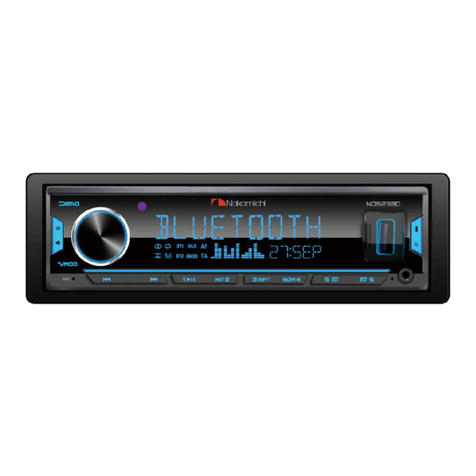
Output Channel Adjustment Area
Warning & Precaution
Featuress
Accessory List
Wire Connection
Home Page Operation
Radio Operation
Radio Interface
Radio Area Selection
Automatic Search
Rds Function
Bluetooth Operation
Bluetooth Pairing
Call Interface
Call Record
Phone Book
Bluetooth Music Playback
Phone Mirror Link Operation
Mirrorlink Interface
Music Playback
Multimedia Operation
Video Playback
Picture Playback
DSP Setting
DSP Setting
DSP Setting
Delay Settings
EQ And Sound Effect Settings
Focus Adjustment
Bass EQ Settings
PC Professional Debugging
PC Professional Debugging
PC Professional Debugging
PC Professional Debugging
PC Software Operation Introduction
Main Menu Edit Section
Channel Equalixer Editing Area
Channel Diveder Editing Area
Settings
Key Lights Settings
Time Settings
Display Settings
Steering Wheel Learning
Truble Shooting
Specificagion
1 EN
2 EN
3 EN
3 EN
5.1 Channel
Two Frequency
Three Frequency
DSP Setting
12 EN
12 EN
13 EN
13 EN
Delay Horn Diagram
11 EN
Remote Control Operation 4 EN
Panel Operation 4 EN
5 EN
6 EN
6 EN
6 EN
6 EN
6 EN
7 EN
7 EN
7 EN
7 EN
7 EN
7 EN
8 EN
8 EN
8 EN
9 EN
9 EN
9 EN
10 EN
11 EN
11 EN
12 EN
DSP Setting 11 EN
12 EN
14 EN
14 EN
14 EN
14 EN
15 EN
15 EN
16 EN
16 EN
16 EN
17 EN
17 EN
18 EN
19 EN
19 EN
19 EN
19 EN
19 EN
20 EN
21 EN
Position Settings









































